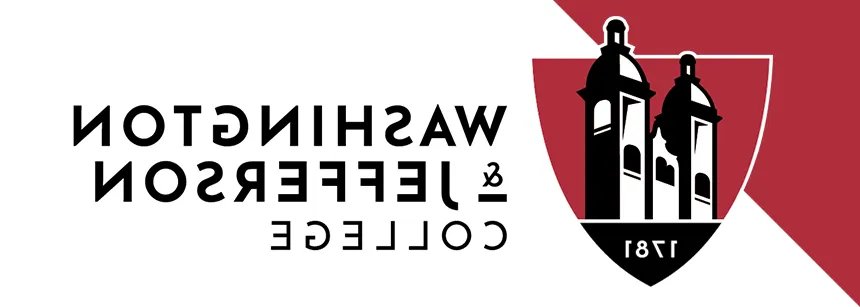华盛顿,宾夕法尼亚州(12月. 6, 2013)—Leave it to chemistry students to create a new formula for holiday decorations.
Students in one 华盛顿 & 杰弗逊(W&J) College freshman seminar course, Medieval Potions to Modern Notions: A Glance at Alchemy, have created holiday ornaments from test tubes, turning them silver by means of a complex chemical reaction.
“It’s a different kind of way to learn about these reactions,” said Deborah Sunderland, PhD., visiting assistant professor of chemistry.
Alchemy is the medieval precursor of modern chemistry, based on the belief that base metals could be transformed into precious metals, 比如银或金.
Seminar students put their own twist on the study when they “turned” round-bottom flasks and test-tubes from glass to silver by mixing silver nitrate, 硝酸铵, 葡萄糖, 氢氧化钠. Sunderland said mixing a solution that contains silver and shaking the solution inside a test tube results in a chemical reaction that creates silver plating.
寒假前, the class plans to decorate the outside of the flasks and attach hooks, making holiday ornaments.
The course is one of several seminar classes on various topics offered for W&J新生, and the lighthearted outcome of the chemistry seminar project follows a semester of intense study.
Sunderland said the course began with a study of readings on liberal arts education, which are read in all freshmen seminars. 她的学生, many of whom are enrolled in other science courses this semester, also studied how views of chemistry have changed between the 17th and 18th centuries—when alchemy was popular—and today.
“We spent a lot of time discussing the historical aspects of alchemy and also looked at symbols associated with alchemy in art and culture,桑德兰说. “We talked about how alchemy was viewed centuries ago. Some people thought it was noble, but some looked at these people as buffoons.”
The class also read a Shakespeare sonnet, parts of 但丁的《澳门葡京博彩软件》, and other literary works that reference alchemy.
“We came at it from a broad view and tried to look at science from many angles,桑德兰说. “We really wanted to look at the historical aspect of this, and how it influenced chemistry as we know it today.”

